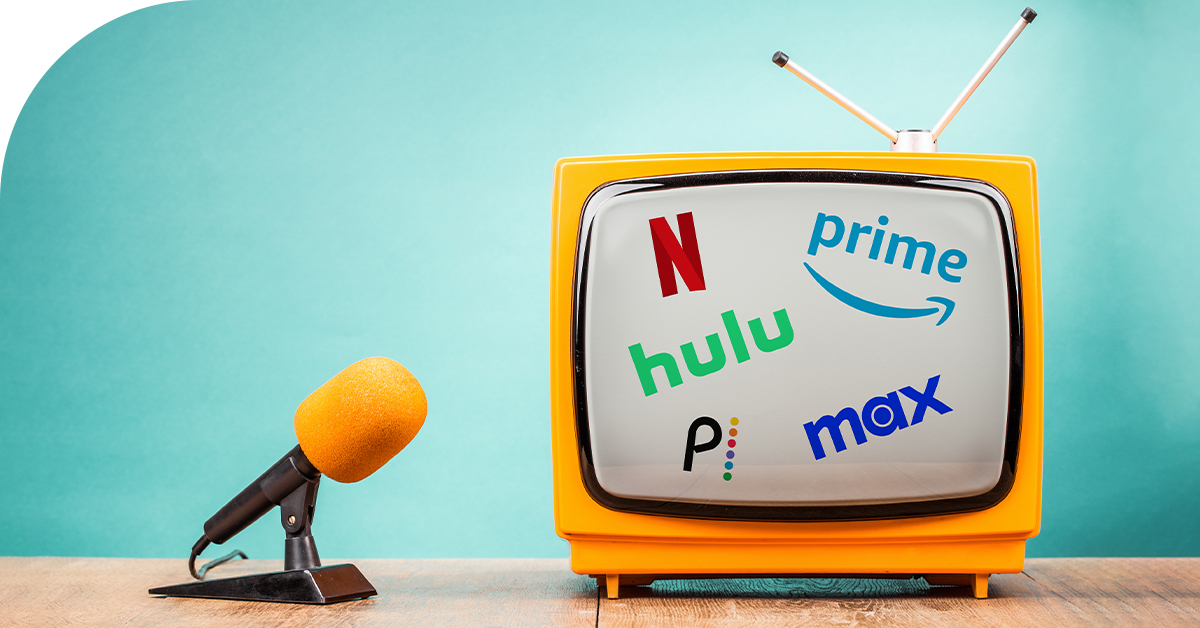TikTok is experiencing another wave of congressional inquiries and investigations, as whistleblowers claim the company’s plan for protecting U.S. user data is flawed. The allegations suggest TikTok relies on proprietary Chinese software that could have backdoors, and uses tools that allow employees to easily toggle between U.S. and Chinese user data.
These ongoing investigations are likely to cause agencies and brands to question if they should explore different options for their ad spend. However, not every organization has identified alternative sources for their ad dollars. With that in mind, they might simply rely on the largest, and most typical, advertising platforms – but is that the best choice?
It’s really important to understand where key audiences are, and how to engage them until these recurring security issues are addressed. And let’s be honest, we hope all of these investigations are handled swiftly so we can continue enjoying our endless TikTok dives!
Lessons From Recent History
The investigations into TikTok make me think back to the 2018 Cambridge Analytica scandal. As a quick refresher, British political consulting firm, Cambridge Analytica, obtained the personal information of up to 87 million Facebook users – without their consent. That information was then used to target people with political ads. Facebook was investigated and criticized for not having necessary guardrails in place to protect its users, and for not being transparent about the extent of the breach.
Hopefully that isn’t the case with TikTok. That said, it is beneficial to refresh ourselves on how strategies evolved during that era, and see which insights we can leverage now.
Obviously the Cambridge Analytica situation inspired a few changes – we recommended clients and partners be cautious of the campaigns they were running across Facebook until more clarity was provided. We also adopted a “waste not, want not” mentality; we examined the messaging and creative our teams developed, and sought to repurpose it as best as possible on other channels. A key point I’d like to make is, we didn’t recommend fully stopping spending on Facebook. We reexamined what our campaign goals were, and evolved strategies to meet them. For example, a higher education client knew their audience profile was heavily active on social media and in gaming — so, we repurposed the awareness assets to fit a world we knew they engaged in: Twitch.
As the media climate stabilized and Facebook implemented new processes, we “went back to normal” and fully incorporated the platform into our campaigns again.
Finding A Path Forward
Before potentially diversifying ad spend away from TikTok, let’s take a second to understand why the platform is such a hit. It directly stems from the fact that it’s supported by user generated content. User generated content provides a fast sense of connection and community. It puts personalized engagement into focus, and pushes the notion of authenticity. In fact, 90 percent of consumers say authenticity is important when deciding which brands they like and support.
In the event people’s use of TikTok reduces, it will be critical for agencies and brands to find the channels that fill that void. From a marketing perspective, an obvious alternative to consider is Instagram. Instagram has over 1 billion monthly active users, and offers equally advanced targeting options. The channel also offers several ad formats, ensuring messaging and creative can totally fit a campaign’s specific needs.
However, before everyone decides to shift their ad spend there, it’s important to look at TikTok’s evolution as a company and how consumers engage the platform.
While it is often categorized as a social media brand, my perspective is that TikTok actually evolved to be more of a streaming video platform. A report from Demand Sage found that over three billion people downloaded TikTok as of 2023, and users spent an average one and a half hours a day on the app – that’s basically the length of a movie!
With this in mind, agencies and brands should consider CTV inventory as another solid alternative. CTV provides advertisers with strong targeting and measurement capabilities, enabling advertisers to reach the household level and optimize efforts efficiently. Additionally, it’s cost effective as advertisers can buy inventory in real time auctions. CTV also accepts unique ad formats and creative. It’s likely content developed for TikTok would translate well for CTV, with a few tweaks.
From a marketing perspective, TikTok showcases the power of motion and sound; short-form video content truly encourages users to lean-in. That said, agencies and brands need to identify the strongest backup channels to leverage their video content, in the event TikTok disappears from our app stores. Those that do will ensure they continue delivering experiences that resonate best with their target audiences.

Katie Harker, VP of Media & Client Operations, Choozle







